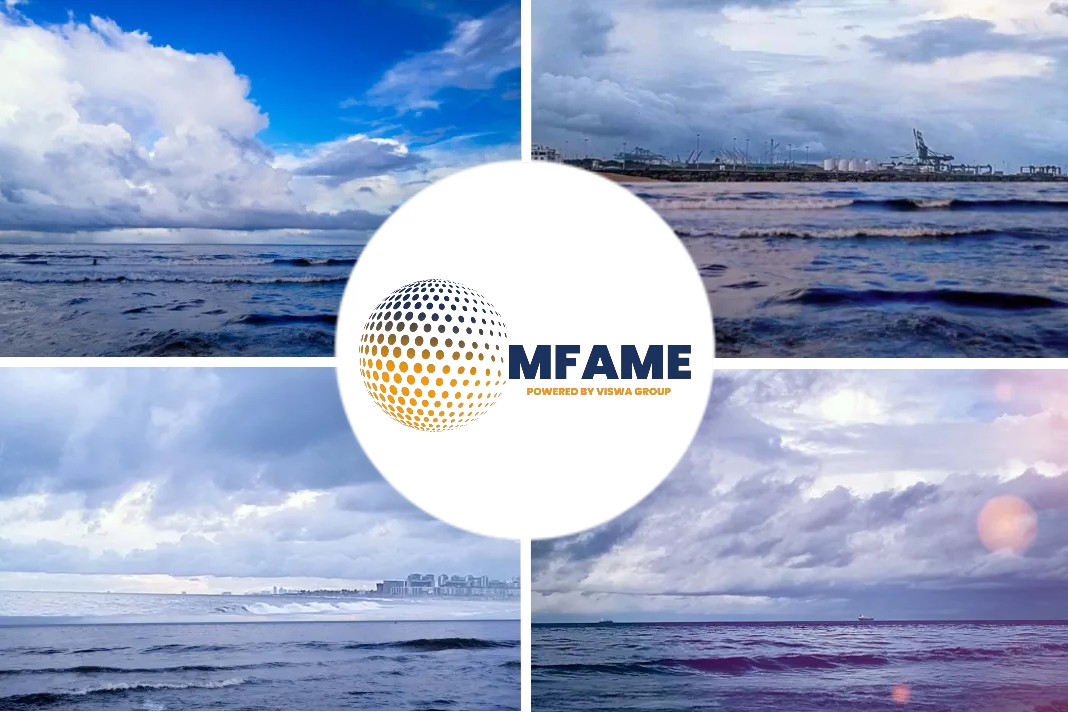- LNG Marine Fuel Institute (LNG MFI) says that the issue of ship-to-ship LNG bunkering licences to Woodside Energy is a major win for the nation.
- Working with PPA to finalise LNG bunkering licences is described as a key step in developing an LNG fuels industry in Western Australia.
- Expanding the use of LNG as a transition marine fuel is one way to help reduce greenhouse gases from shipping.
An Australian first move by Pilbara Port Authority (PPA) to issue ship-to-ship LNG bunkering licences to Woodside Energy is a major win for the nation, industry and the environment, writes Will Owen for LNG Industry.
STS LNG bunkering services
LNG MFI chief executive officer Margot Matthews has announced that PPA and Woodside have executed non-exclusive licences to provide ship-to-ship (STS) LNG bunkering services at the ports of Port Hedland and Dampier, the first licences of their type issued in Australia.
“Since 2017 LNG MFI has worked to bring together key players to develop a cleaner marine fuel industry in Australia as we lower emissions for a better future and it’s exciting to see this now moving full steam ahead,” Matthews said.
PPA’s General Manager Development & Trade, Lyle Banks, said the authority has issued three licences for LNG bunkering operations in Pilbara.
“In addition to Woodside’s ship-to-ship licences, a truck-to-ship LNG bunkering licence was issued to Evol LNG in early 2017,” Banks said.
He added, “Western Australia is well-placed to become an LNG bunkering hub, with LNG production facilities close to large iron ore mining operations and the many hundreds of ocean-going vessels that use ports in the Pilbara region.”
LNG bunkering in Pilbara
Woodside Executive Vice President Marketing for Trading and Shipping, Reinhardt Matisons, described working with PPA to finalise LNG bunkering licences “as a key step in developing an LNG fuels industry” in Western Australia.
“Woodside is finalising plans for an LNG bunkering operation in the Pilbara to capture the significant environmental and economic benefits of using LNG, instead of fuel oil, for the busy iron ore shipping trade,” Matisons said. “We continue to work with potential customers on this opportunity.”
“While there’s no single pathway to a low emissions future, expanding the use of LNG as a transition marine fuel is one way to help reduce greenhouse gases from shipping and help reduce this country’s environmental footprint,” Matthews added.
Did you subscribe to our daily newsletter?
It’s Free! Click here to Subscribe!
Source: LNG Industry

























